Some cities don’t just welcome bikes—they revolve around them. These places have reimagined how people move through urban life, prioritizing bike lanes, cycling culture, and clean air over traffic jams and tailpipes.
You’ll see more helmets than headlights, more handlebars than hoods, and streets where pedals outpace engines. For residents and visitors alike, the difference is more than noticeable—it’s transformational.
Here’s a list of 17 cities where bikes outnumber cars and life rolls a little differently.
Amsterdam
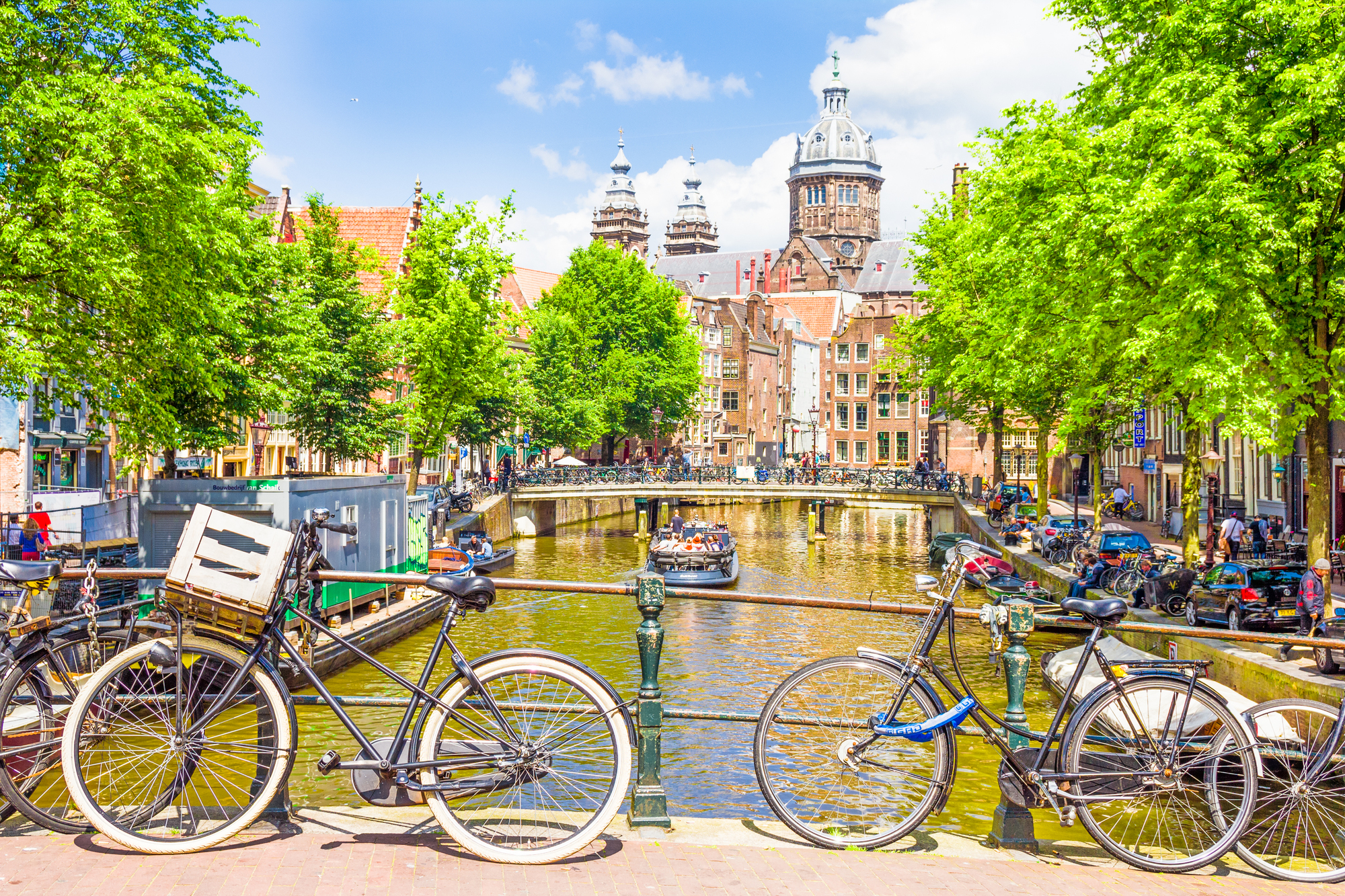
Bikes are more than just transport in Amsterdam—they’re part of the city’s identity. With roughly 800,000 bikes and fewer cars, cycling here isn’t just common; it’s expected. The infrastructure reflects that, from bike-specific traffic signals to multi-level bike garages that outshine parking decks.
People ride in suits, with kids, or even balancing crates of groceries—rain or shine. The city’s flat terrain and dense layout make cycling the most convenient choice.
Copenhagen
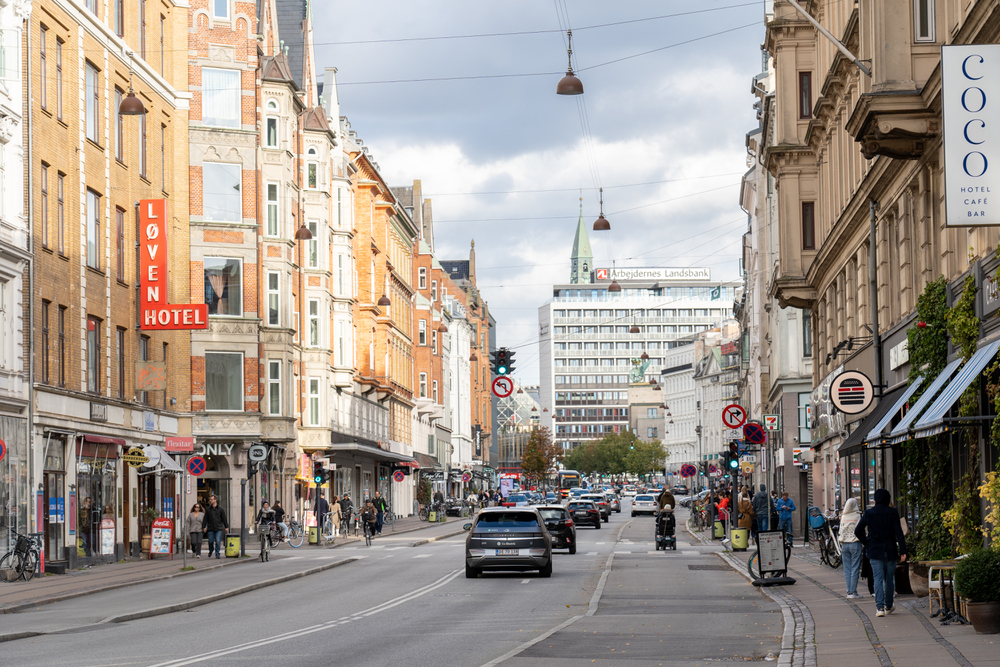
In Copenhagen, biking is as natural as breathing. Over 60% of residents cycle daily, and it’s not just because of the scenery—it’s built into the system. Wide, elevated bike paths run beside nearly every road, and entire bridges are dedicated solely to cyclists.
Morning traffic often looks like a sea of bikes rather than a stream of cars. It’s not a lifestyle trend—it’s city planning that works.
Like Travel Pug’s content? Follow us on MSN.
Utrecht
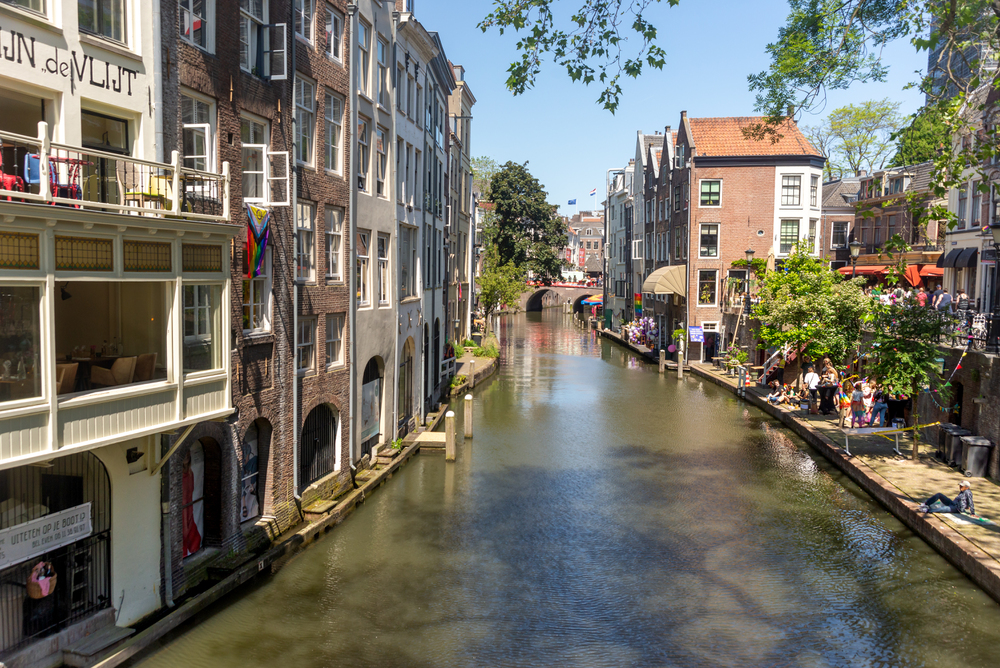
Utrecht blends modern infrastructure with a long-standing love for cycling. The city boasts the world’s largest underground bicycle parking garage, capable of storing over 12,000 bikes. It’s not just about storage—smooth, protected bike lanes crisscross the city, often separated from car traffic.
Most commutes are faster by bike than by car, making it the go-to choice for students and professionals alike. Even deliveries happen on cargo bikes here.
Groningen
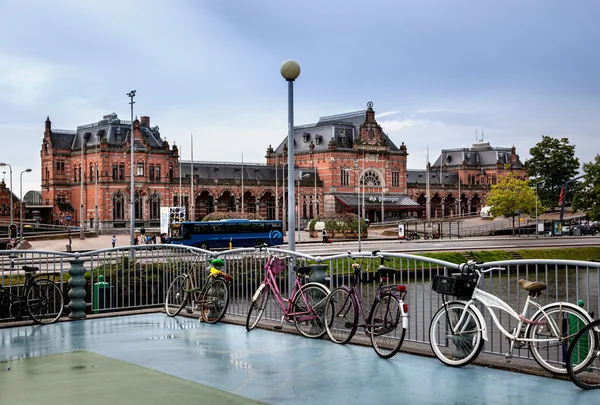
Groningen is proof that bike-first planning isn’t a dream—it’s reality. Decades ago, the city divided itself into zones that made car travel inconvenient but biking a breeze. Cyclists now enjoy priority crossings, intuitive signage, and roads designed just for them. As a result, over 60% of all trips are made by bike.
The vibe is laid-back, but the planning is deliberate.
Ghent
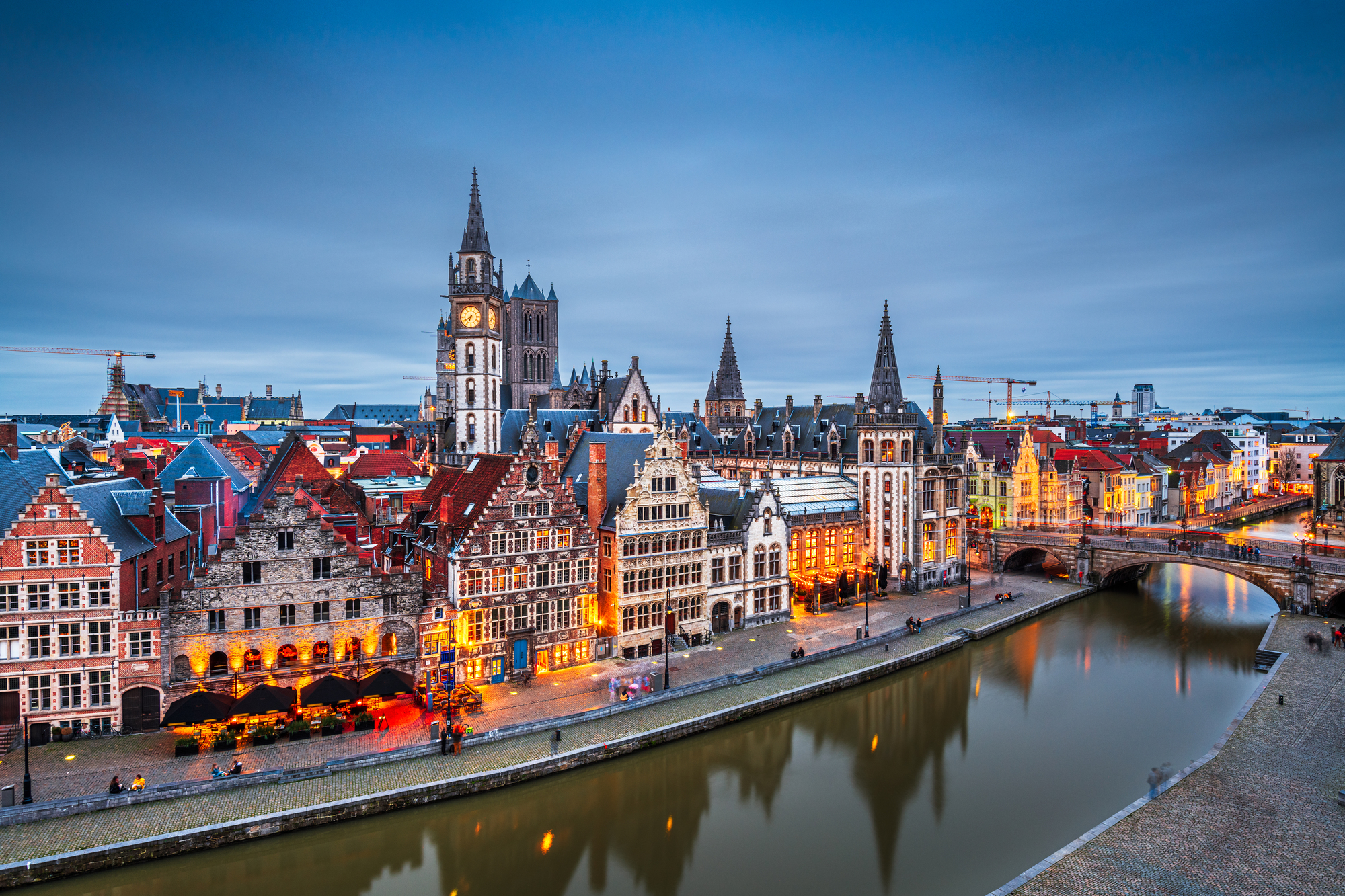
Ghent went all-in on cycling back in 2017, transforming its city center into a car-light zone. The impact was immediate—within a year, bike usage shot up while traffic accidents dropped. Bicycles dominate the streets now, from sleek commuter rides to vintage cruisers.
Pop-up bike repair stations and well-lit lanes keep the system running smoothly. Locals don’t just ride—they rely on it.
Like Travel Pug’s content? Follow us on MSN.
Münster

In Münster, bikes don’t just outnumber cars—they outpace them. With a bike-to-car ratio of nearly 2:1, it’s one of Germany’s top cycling hubs. The city has crafted an extensive network of cycling paths, many of which offer quicker routes than driving.
Roundabouts are often designed with cyclists in mind, giving them the upper hand in traffic flow. It’s efficient with handlebars attached.
Houten
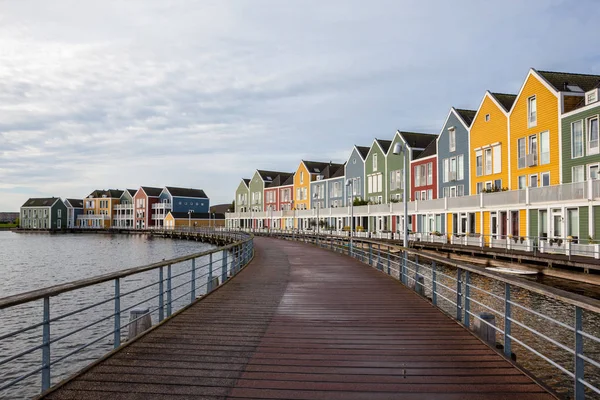
This Dutch town was built with bicycles in mind—literally. Unlike most cities that retrofit bike lanes into car-focused grids, Houten’s layout favors cyclists from the ground up. Cars are routed around the city perimeter, while the inner core is reserved for bikes and pedestrians.
The result is a peaceful, pollution-free environment where residents feel safe riding at any age. It’s urban planning reimagined for two wheels.
Strasbourg

Strasbourg has quietly become France’s cycling capital. The city invested early in wide, smooth bike paths that connect every neighborhood to the center. Today, over 16% of daily trips happen on two wheels, a figure that keeps climbing.
Even the tram system is designed to work alongside bikes, not against them. In Strasbourg, the streets speak fluent bicycle.
Like Travel Pug’s content? Follow us on MSN.
Malmö
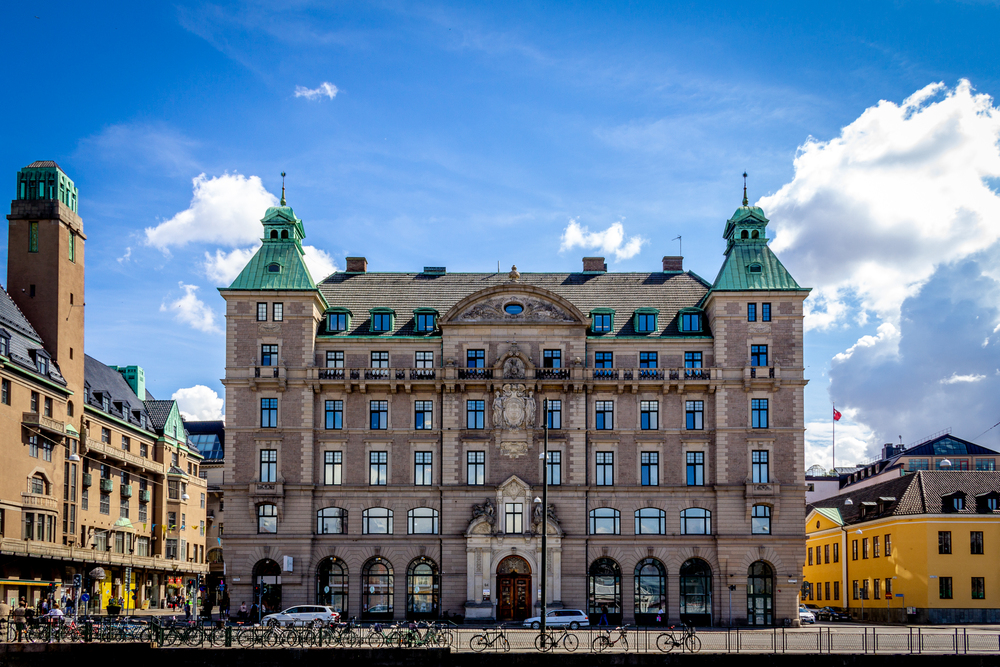
Malmö’s approach to biking is relaxed but deliberate. The city offers well-maintained cycling lanes, free repair stations, and even warm-up shelters during the cold months. Riders aren’t rushed—they glide along flat, tree-lined routes that make commuting feel like a breeze.
The government continues to push cycling through awareness campaigns and incentives. It’s a city that makes doing the right thing feel easy.
Basel

Basel weaves cycling into everyday life with quiet confidence. Bike lanes here are abundant and well-marked, often giving riders dedicated space separate from both pedestrians and cars. The city’s terrain and compact size make biking the obvious choice for short trips.
Public transit stations double as bike hubs, making multi-modal travel seamless. Basel doesn’t shout about its bike culture—it just rides with it.
Bogotá
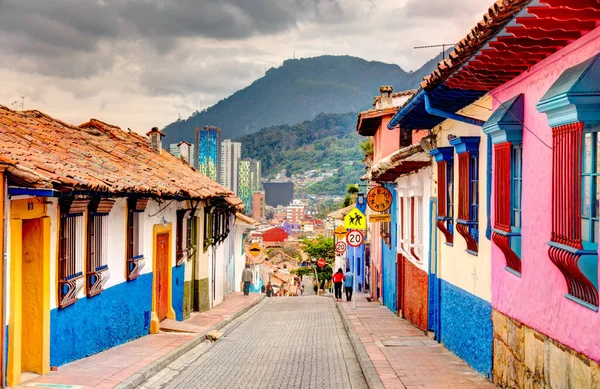
Bogotá flipped the script in South America by embracing cycling as a solution to congestion. Its weekly Ciclovía closes major roads to cars, letting bikes take over for a day of pure pedal-powered freedom. But beyond Sundays, the city has built a strong network of protected lanes, some spanning entire districts.
These routes have helped shift long-term habits, especially among young professionals. Cycling here feels both safe and social.
Like Travel Pug’s content? Follow us on MSN.
Cambridge

Cambridge leads the UK’s cycling movement with calm determination. With more bikes than cars on the roads, the city has shaped its infrastructure to match. Narrow historic streets make driving inconvenient, while bikes can slip through traffic with ease.
A thriving student population fuels the cycling culture, but it’s not just a student thing—professors, parents, and delivery workers all ride. It’s a place where two wheels feel like the smartest option.
Delft
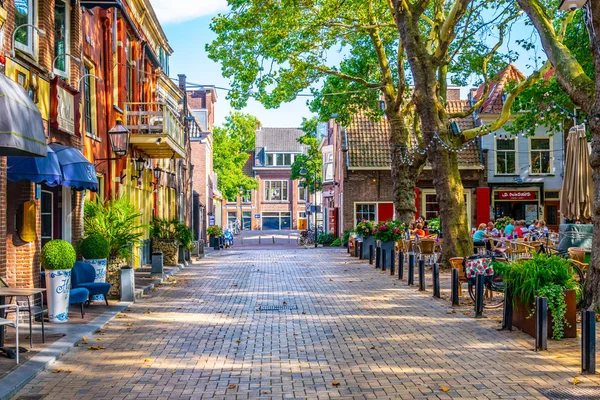
Delft is small in size but massive in bike culture. The compact layout, combined with a maze of separated bike paths, makes driving seem unnecessary. Locals of all ages cycle daily, whether heading to work, the market, or just out for coffee.
The streets are calm, even during rush hour—because the rush is on bikes. Cars are there, but they’re definitely in the minority.
Leuven
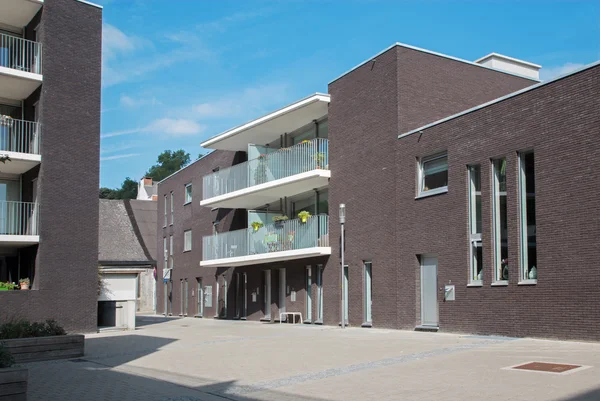
Leuven is a rising star in Belgium’s cycling scene. Recent projects have added miles of new bike lanes and calmed car traffic in the city center. The result is a noticeable increase in cyclists during all seasons. Creative touches like green wave traffic lights for bikes show that planners are thinking beyond basics.
It’s a city quickly finding its rhythm on two wheels.
Like Travel Pug’s content? Follow us on MSN.
Seville
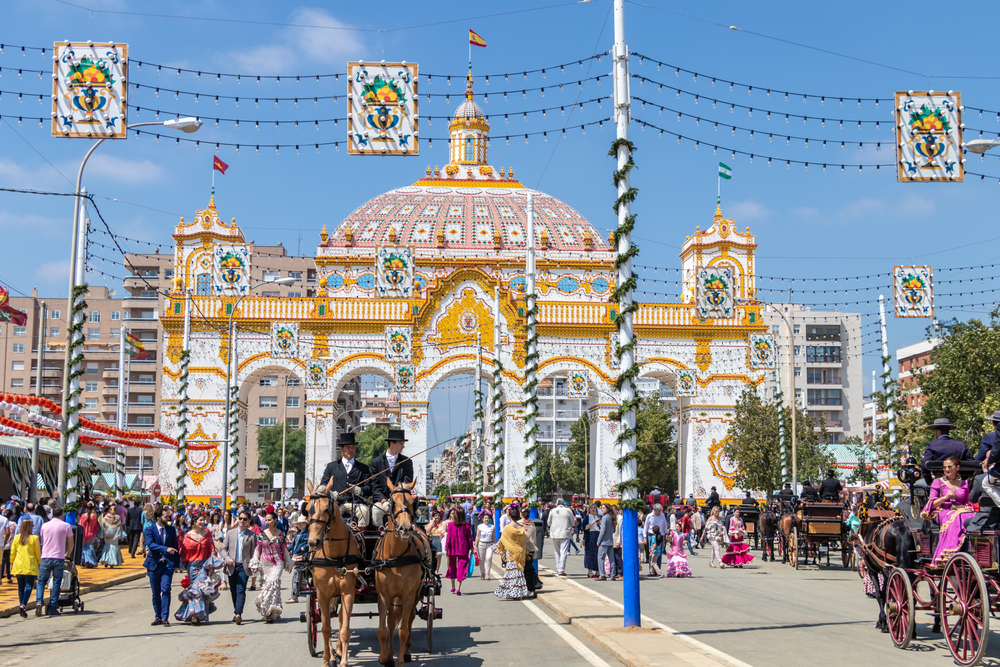
Seville’s cycling transformation was fast and impressive. In just a few years, over 100 miles of protected bike lanes were added, connecting every corner of the city. Now, residents hop on bikes for everything from school drop-offs to work commutes.
The mild climate and flat terrain helped, but the infrastructure made it stick. Today, bikes are part of Seville’s everyday fabric.
Bern
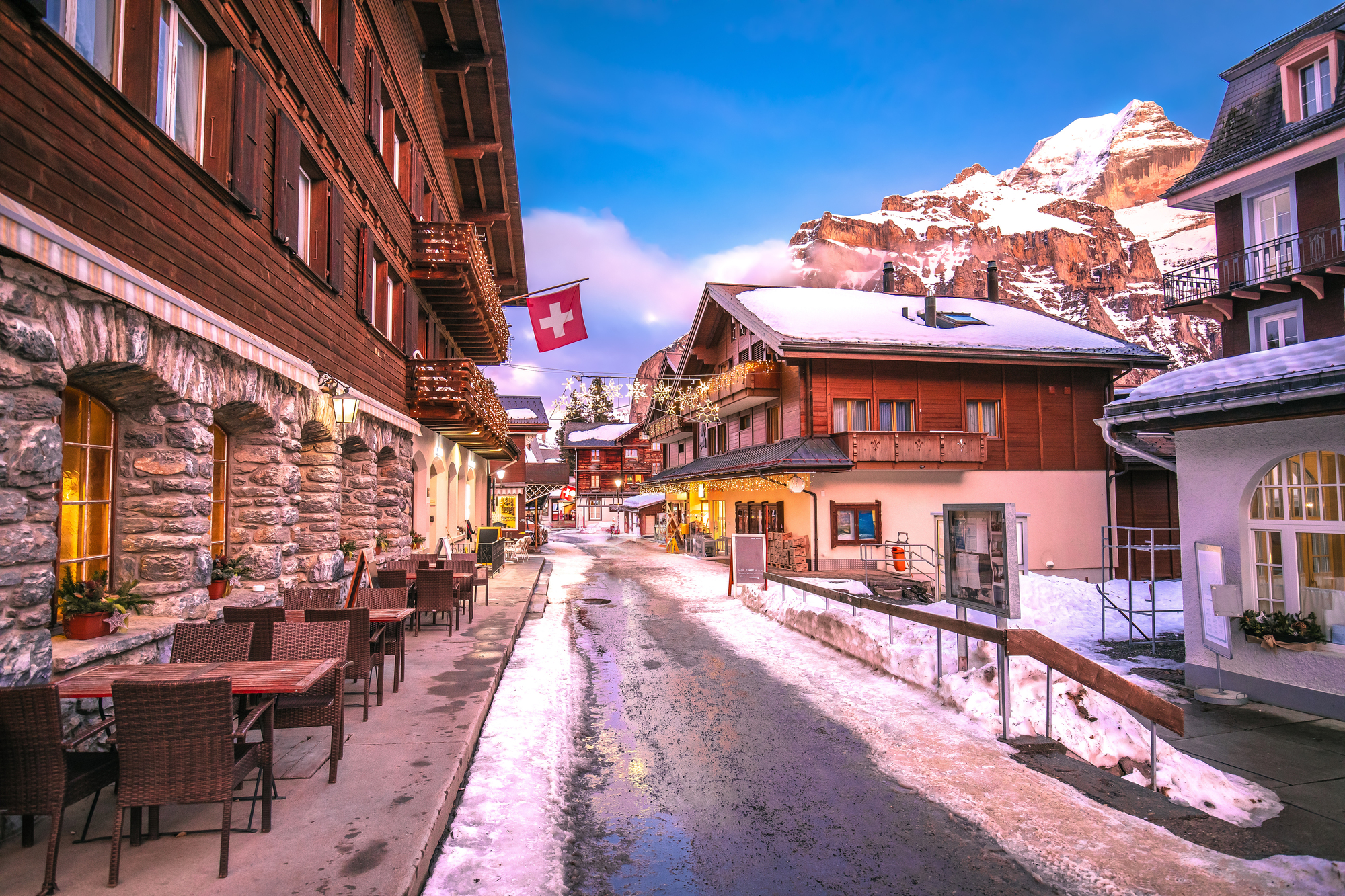
Bern blends old-world charm with modern mobility. The historic city center is mostly car-free, encouraging locals to walk or cycle without stress. Outside the core, an organized network of bike routes connects suburbs and neighborhoods efficiently.
Cyclists even get special lanes through parks and greenways. Bern proves that heritage and innovation can ride side by side.
Ljubljana

Ljubljana has taken big steps to prioritize biking over driving. The city banned most car traffic from its center, making room for bikes, scooters, and pedestrians. Cyclists benefit from clearly marked lanes and dedicated traffic signals.
Bike-sharing systems are popular with both locals and tourists, making it easy to get moving. It’s a quieter, cleaner way to experience a capital city.
Like Travel Pug’s content? Follow us on MSN.
Wheels in Motion, Not Engines Roaring

Each of these cities shows what happens when people, planners, and policymakers choose bikes over cars—and follow through. It’s not just about eco-friendliness or exercise—it’s about creating livable spaces where getting around is less stressful and more enjoyable.
From cobbled medieval towns to modern metropolises, the shift toward cycling is real and growing. As urban centers everywhere look for sustainable transport options, these cities have already turned the gears—and they’re not slowing down.
More from Travel Pug

- 20 Best Beach Towns in the Carolinas
- 13 Destinations Where Tourists Regularly Regret Their Trip
- 20 Things You Actually Get in First Class
- 20 Small Airports With Aviation Museums
- 20 Places in the U.S. That Are Perfect for a Reset Trip
Like Travel Pug’s content? Follow us on MSN.
